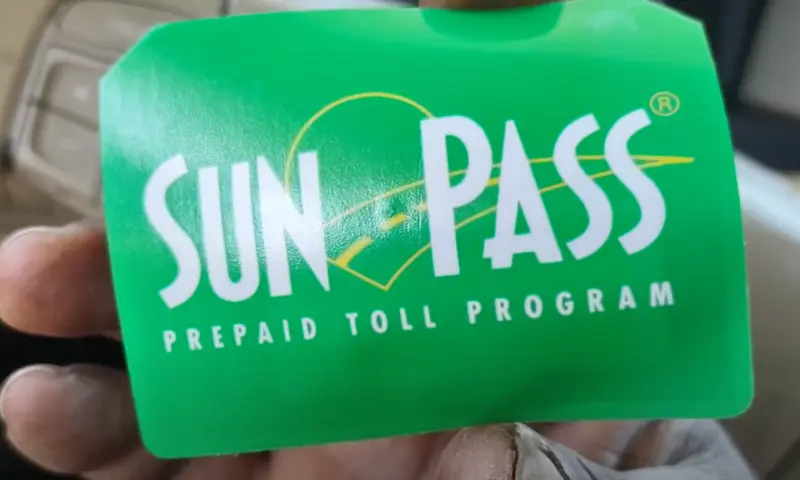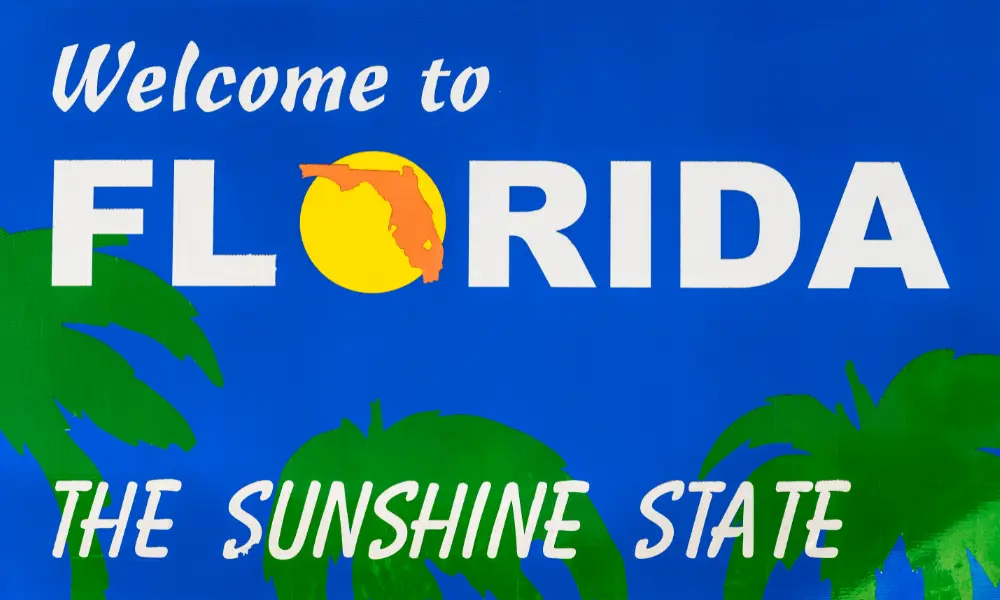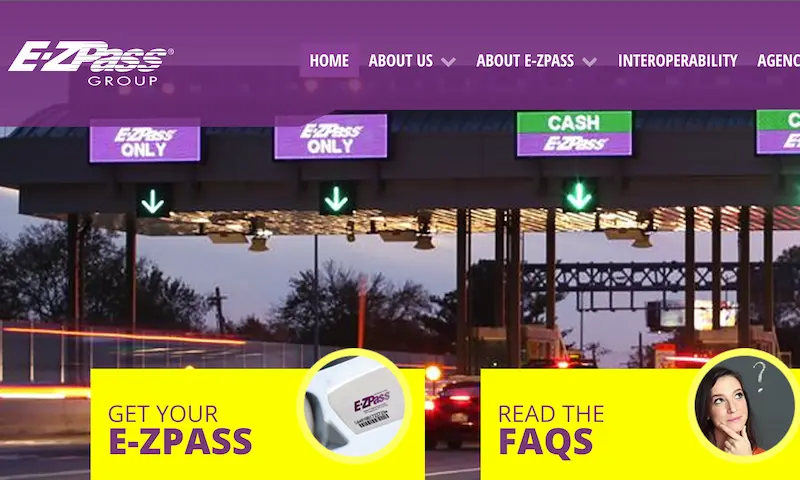Wondering where your Illinois i-Pass will work as you plan your next road trip? You’re about to discover exactly which states accept your transponder, how the system works across different regions, and what you need to know to avoid unexpected toll charges when crossing state lines.
Which States Accept i-Pass in 2025?
Your i-Pass currently works in 19 states and parts of Canada thanks to its integration with the E-ZPass network. Here’s the complete list of states where you can use your i-Pass transponder:
- Delaware
- Florida
- Illinois
- Indiana
- Kentucky
- Maine
- Maryland
- Massachusetts
- Minnesota
- Nebraska
- New Hampshire
- New Jersey
- New York
- North Carolina
- Ohio
- Pennsylvania
- Rhode Island
- Virginia
- West Virginia
Ontario, Canada also accepts i-Pass on certain toll roads, including Highway 407 ETR. Georgia is expected to join the network soon, expanding your i-Pass coverage even further across the country.
How i-Pass Works with E-ZPass
Your i-Pass isn’t just an Illinois tollway pass – it’s a full member of the E-ZPass Interagency Group (IAG), which makes it incredibly versatile for interstate travel. Here’s what makes this partnership work:
- Complete interoperability: Your i-Pass transponder or sticker functions identically to an E-ZPass device
- Seamless travel: Drive from Chicago to New York or Florida without stopping at toll booths
- Unified billing: All tolls get charged to your single i-Pass account
- Discount eligibility: You’ll receive the same electronic toll discounts offered to local E-ZPass users in most states
The Illinois Tollway confirms that both traditional transponders and the newer i-Pass stickers (introduced in 2024) work throughout the entire E-ZPass network, including popular routes like the Chicago Skyway and Indiana Toll Road.
Regional Coverage: Where Your i-Pass Works Best
Your i-Pass coverage spans several major U.S. regions, making it particularly valuable for different types of travelers:
Northeast Corridor
If you’re heading to the East Coast, your i-Pass will work seamlessly from Maine down to Virginia, covering these major highways:
- New Jersey Turnpike
- Pennsylvania Turnpike
- New York State Thruway
- Massachusetts Turnpike
Midwest Routes
Closer to home, your i-Pass provides continuous coverage across:
- The entire Illinois Tollway system
- Indiana Toll Road
- Ohio Turnpike
- Minnesota express lanes
Southern Expansion
Recent additions to the network include:
- Florida’s Turnpike
- Central Florida Expressway
- North Carolina’s quick pass roads
This widespread acceptance means you can drive from Chicago to Miami or Boston without ever needing to stop for tolls or get a different transponder.
I-Pass Sticker Tags: What You Need to Know
In 2024, Illinois Tollway introduced the new i-Pass Sticker Tags to replace older transponder models. Here’s what makes these stickers different:
| Feature | Old Transponders | New Sticker Tags |
|---|---|---|
| Cost | Required deposit | No deposit required |
| Installation | Removable | Permanent adhesive |
| Power source | Battery-operated | No battery needed |
| Activation time | 24+ hours | Immediate on IL Tollway, 24hrs elsewhere |
| Transferability | Can move between vehicles | Cannot be transferred |
The new stickers offer several advantages:
- More cost-effective with no upfront deposit
- Environmentally friendly without lithium batteries
- Ready to use on Illinois roads immediately after registration
- Fully compatible with all E-ZPass systems within 24 hours
If you still have an older transponder, it remains valid, but you might consider upgrading to a sticker for the benefits listed above.
Using i-Pass with Rental Cars
Planning to rent a car? You can still use your i-Pass account by:
- Adding the rental vehicle’s license plate number to your account before your trip
- Specifying the exact rental period dates
- Removing the plate after returning the vehicle
This temporary registration prevents toll violations and ensures charges go directly to your prepaid account rather than to the rental company (which typically adds significant service fees).
Maximizing Your i-Pass Benefits
To get the most from your i-Pass and avoid unwanted charges:
Proper Mounting
For traditional transponders:
- Place in the center of your windshield
- Mount behind the rearview mirror
- Ensure nothing blocks the device
For sticker tags:
- Affix to the designated area of your windshield
- Clean the surface thoroughly before application
- Allow 24 hours before first use outside Illinois
Account Management
- Maintain a positive balance in your prepaid account
- Update vehicle information promptly if you change cars
- Verify your payment method is current
Remember that i-Pass users receive a substantial 50% discount on Illinois Tollway tolls compared to cash rates. Don’t lose this benefit due to improper mounting or account issues.
Exceptions and Limitations to Know
While your i-Pass works broadly across multiple states, be aware of these exceptions:
- Nebraska’s Bellevue GAR Memorial Bridge does not accept i-Pass/E-ZPass
- Some newly added states might have partial coverage only on certain roads
- Local discount programs in other states may not apply to i-Pass users
- Certain express lanes might require additional registration beyond having the transponder
Always check specific requirements when traveling to a new state for the first time with your i-Pass.
Planning Your Interstate Road Trip with i-Pass
When mapping out your next multi-state journey, follow these steps to ensure smooth sailing with your i-Pass:
- Verify current coverage: Check the Illinois Tollway website for the most up-to-date list of states
- Check your account balance: Add funds before a long trip
- Consider specific route tolls: Use a toll calculator to estimate costs
- Update vehicle information: Ensure your license plate is correctly registered
- Note system transitions: Some areas might have mixed coverage
For the most seamless experience, plan routes that maximize your time on E-ZPass compatible highways.
Future Expansion of the i-Pass Network
The good news for frequent travelers is that the i-Pass/E-ZPass network continues to grow. Recent developments suggest:
- Georgia’s toll system is expected to join the network soon
- Western states are gradually moving toward compatibility
- The industry is pushing toward national interoperability
The Illinois Tollway actively collaborates with over 35 agencies nationwide to reduce friction in interstate travel, meaning your i-Pass will likely become even more useful in coming years.
Troubleshooting Common i-Pass Issues When Traveling
Even with a working transponder, you might encounter these common problems when using i-Pass outside Illinois:
Unrecognized Transponder
If your transponder beeps differently or doesn’t register:
- Verify proper mounting position
- Check if your account is in good standing
- Confirm the toll facility accepts i-Pass
- Allow 24 hours after activation for new stickers
Unexpected Charges
If you see unfamiliar toll charges:
- Review your account statement promptly
- Note that toll rates vary significantly by state
- Understand that some facilities charge by axle count
- Be aware that some states bill differently for out-of-state transponders
Missing Discounts
If you don’t receive expected discounts:
- Recognize that each state sets its own discount policies
- Understand that some discounts are limited to local residents
- Know that peak vs. off-peak pricing varies by location
For any persistent issues, contact Illinois Tollway customer service rather than the out-of-state toll authority.
Comparing i-Pass to Other Regional Toll Systems
While i-Pass offers extensive coverage, it’s helpful to understand how it relates to other major toll systems:
| System | Region | Compatible with i-Pass? |
|---|---|---|
| E-ZPass | Northeast/Midwest | Yes – Full compatibility |
| SunPass | Florida | Yes – Through E-ZPass partnership |
| FasTrak | California | No – Separate system |
| TxTag | Texas | No – Separate system |
| PeachPass | Georgia | Soon – Integration pending |
This chart highlights why i-Pass is particularly valuable for travelers in the eastern half of the United States but has limitations when heading to the far west or southwest.
If you frequently travel to areas not covered by i-Pass, you might need to consider obtaining an additional regional transponder or using pay-by-plate options for those trips.
Making the Most of Multi-State Travel with i-Pass
Your i-Pass provides incredible convenience across 19 states, eliminating the hassle of stopping for tolls and potentially saving you money through electronic discounts. By understanding where it works, how to use it properly, and its limitations, you can maximize this powerful tool for interstate travel.
Whether you’re planning a cross-country road trip or frequently crossing state lines for business, your Illinois i-Pass has evolved far beyond its origins to become an essential companion for simplified, efficient travel throughout much of America.
















